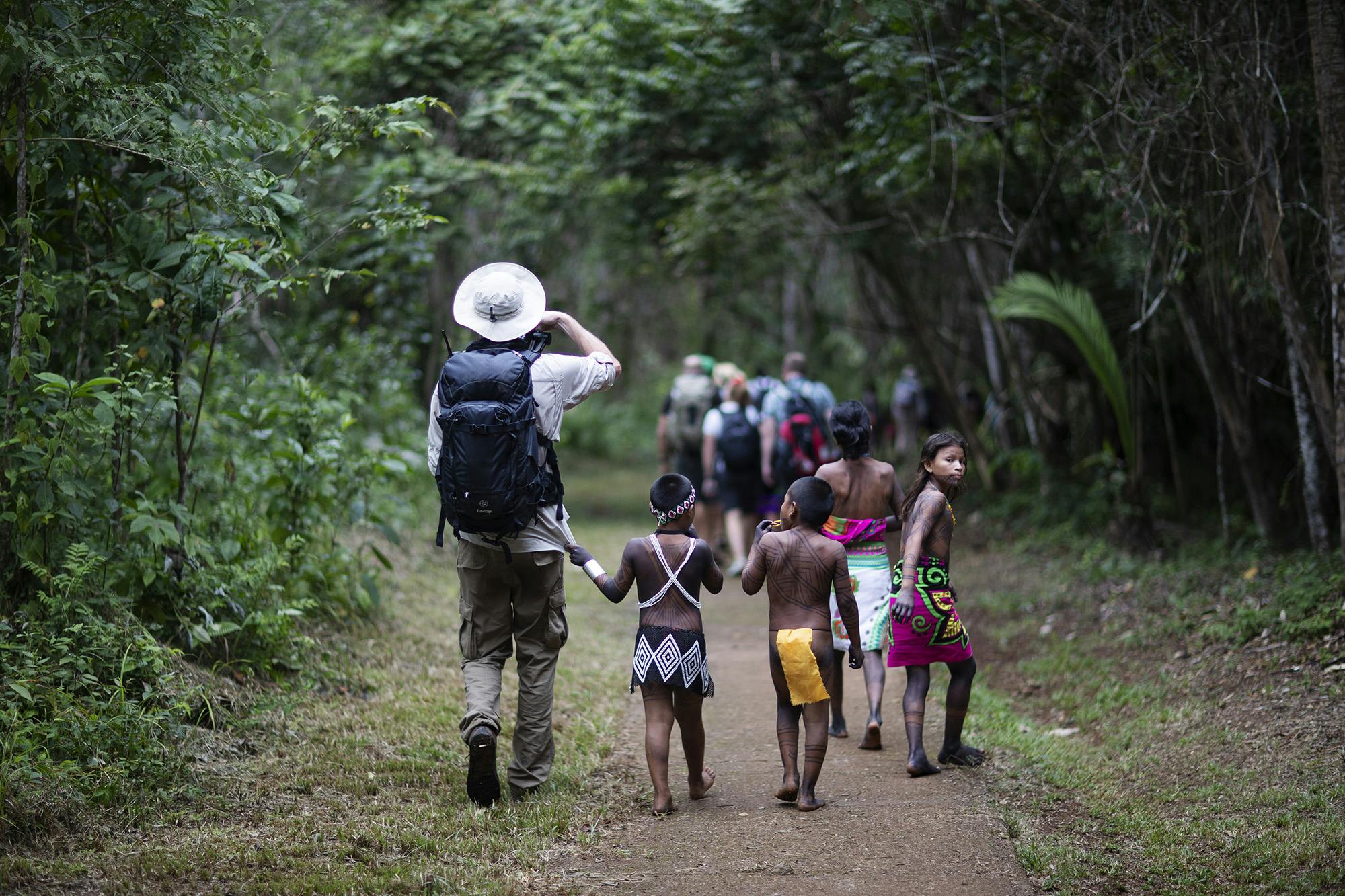Exploring the Darién Gap and Celebrating the Indigenous Emberá of Panama
The Darién Gap has never been an easy place to travel. Infamous for its thick jungle, dangerous animals, mysterious disappearances and rebel hideaways, this 60-mile (97-kilometer) stretch of land is a bucket-list destination for thrill-seekers and adventurists. On the Panama side of the border, there’s a national park for wildlife viewing and bird watching. Also, find many accessible villages to experience the culture, of the indigenous Emberá people who, for centuries, have made a home in this untamed jungle.
Emberá Culture in the Darién Jungle
The fabled Darién carries with it significant mythology and mystery — a union between the sun and moon gods produced the first Emberá man. But the Europeans who attempted to colonize the regions weren’t so blessed when, in the late 1600s, colonists from the Kingdom of Scotland tried to carve out a home here. Their adventure ended in utter failure, with over 2,000 people perishing from disease and famine.
Rick Morales, a Panamanian jungle expedition guide, says that, since those early days, the region was viewed as an almost insurmountable barrier. “The Darién is one of those big obstacles that stands in front of mankind. That attracts me in a very unique way,” he says. “It was an obstacle for fortune-seeking Spaniards. It was an obstacle for builders of the Panama Canal, as well as explorers. And today it’s an obstacle for migrants. It’s the last barrier to overcoming one’s dreams.”
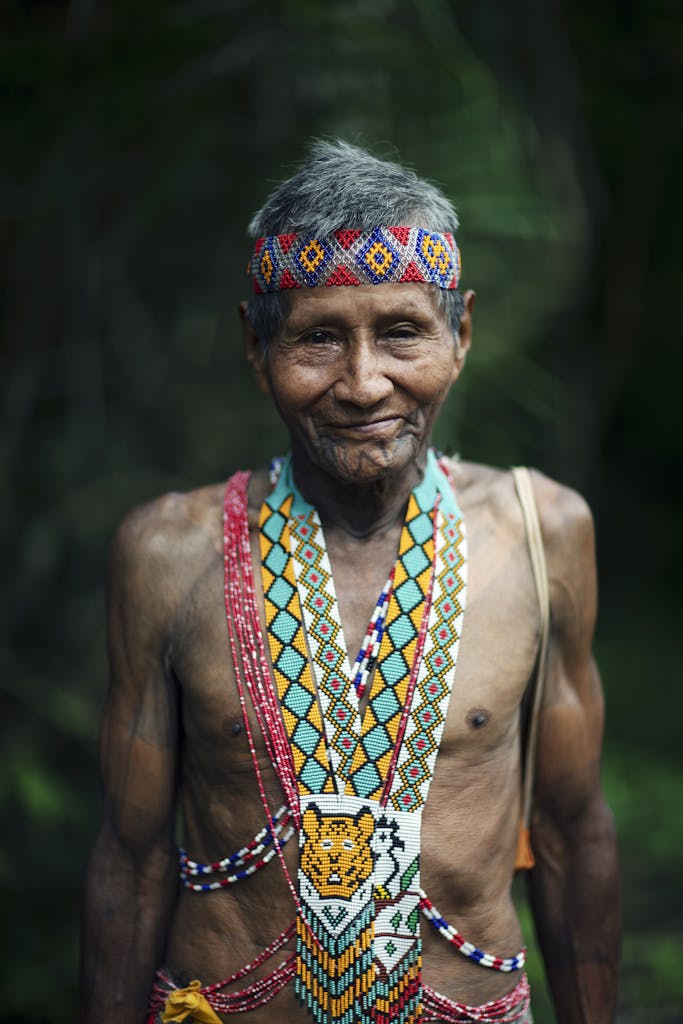
Descending into the Darién Gap
In more recent decades, many a dreamer has willed their way across the gap in hopes of completing the 19,000 mile-long Pan-American Highway. It starts in Alaska and then comes to a screeching halt in the Darién Jungle before continuing on to Argentina. Half-mad overland travelers have pushed, hauled and forced a variety of vehicles through the no-man’s land between Panama and Colombia. Literally hacking their way through the jungle at times, they moved just a few hundred feet per day. Some rusting motorbikes and cars still remain stranded in the wilderness, a testament to the difficulties in crossing the Darién.
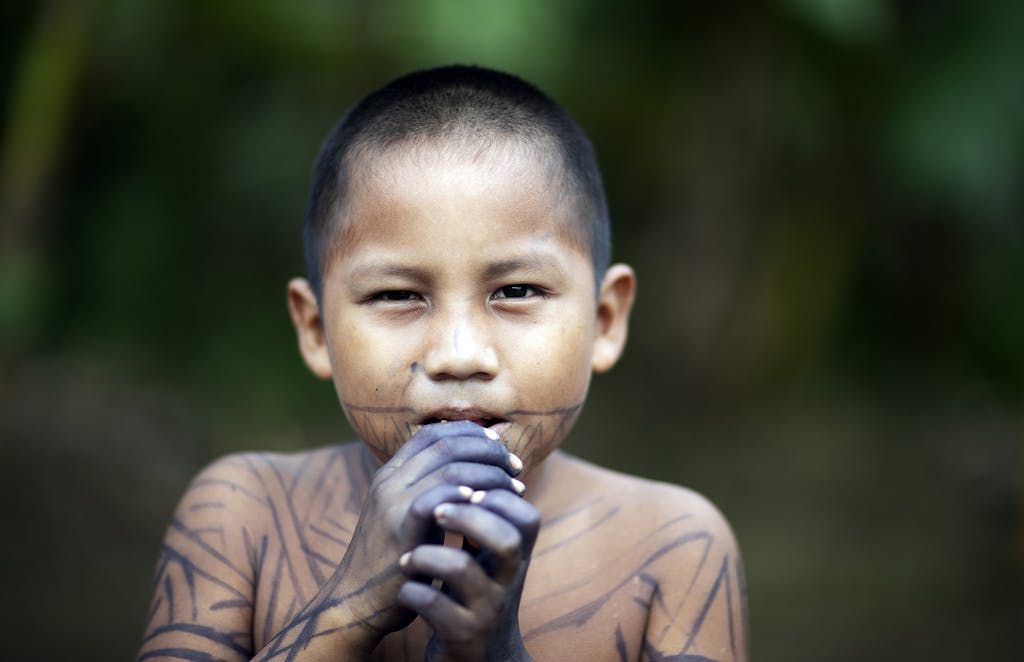
American adventurer J.D. Smith made the trip through the Darién Gap in 2016, riding a motorcycle on the foot trails between Colombia to Panama. And what was the hardest part of the journey? “Riding in 95-degree Fahrenheit heat and 95 percent humidity through jungle terrain,” says Smith, who spent 12 years planning the trip.
While adventure travelers made their way through the Darién, a handful of missionaries also appeared on the scene. They convinced many of the indigenous Emberá people, who lived in small family units along the rivers, to settle into villages where they could have access to schools and medical clinics. Loggers and farmers also arrived to try and tap the region’s resources.
In the 1990s, the Darién Gap became a haven for paramilitary forces and drug traffickers from Colombia. The good news is that Panama’s National Border Service (SENAFRONT) has improved border security in recent years. While paramilitary groups no longer enter Panama, Colombia’s civil war, combined with the high expense of construction in the jungle, thwarted several attempts at building a road through the area. Still today, the Darién remains a roadless hurdle in the way of those who dream of driving between the continents.
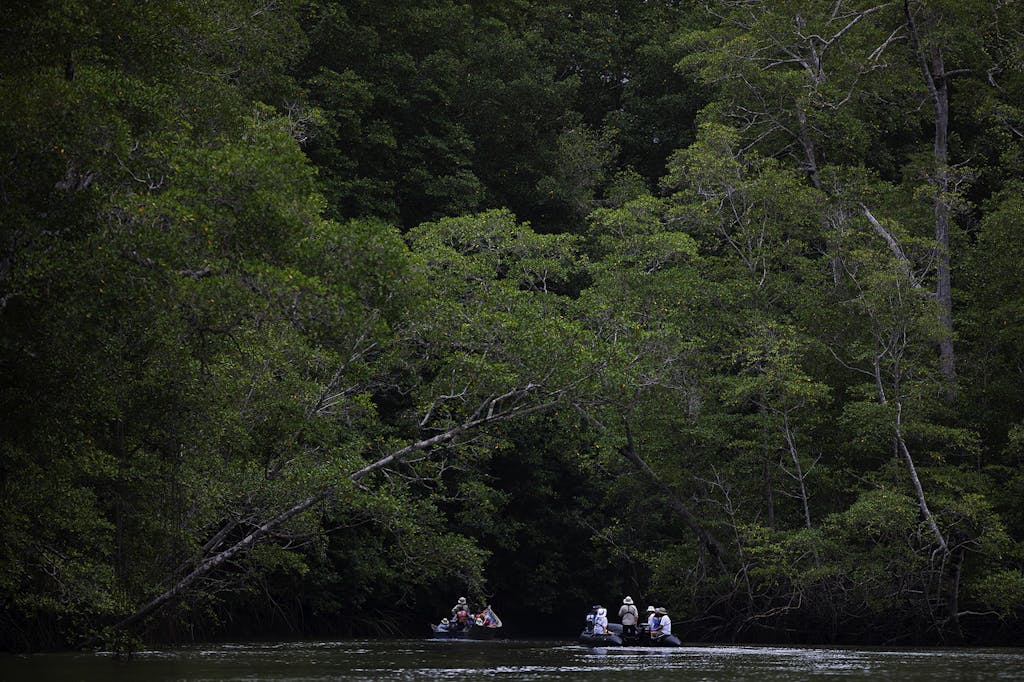
The Daily Life of the Emberá People
American Christopher Baker visited the Darién Gap on the Colombian side and encountered the Emberá culture in small coastal villages. “The community was caught between two worlds: traditional and contemporary,” Baker says. “But their pride in the former was evident.”
Whichever village you visit, you’re likely to hear the rhythmic sounds of the Emberá percussion instruments. You’ll also see up close the exquisite clothing and jewelry worn by Emberá women. If you arrive on time for a Panamanian holiday, you might even see traditional archery and blowgun dart competitions.
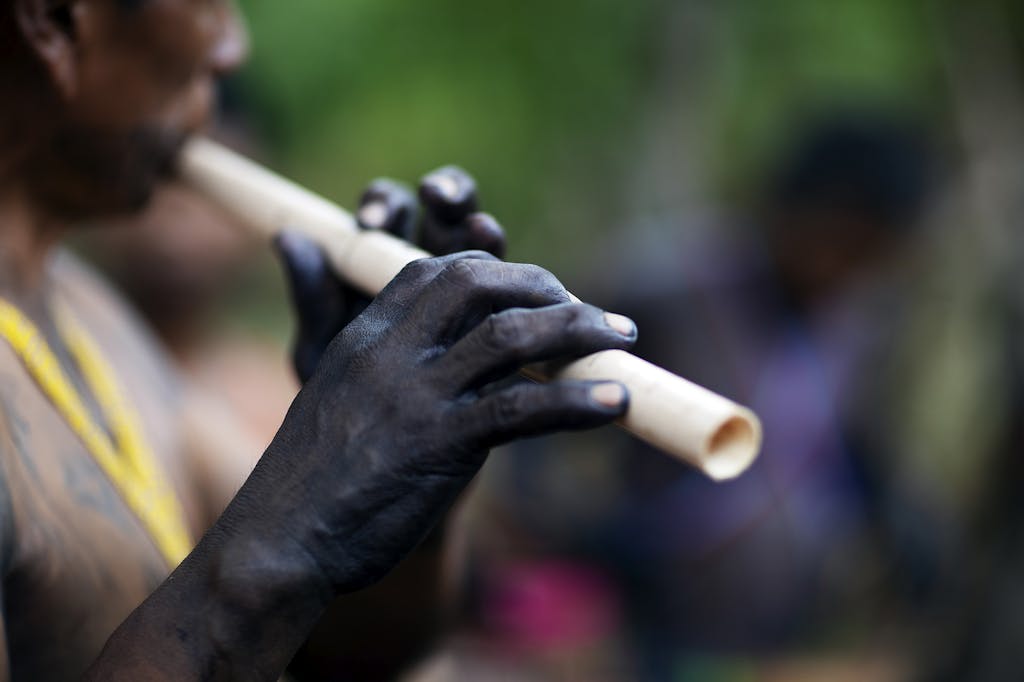
For a small fee, you might even be given an Emberá temporary skin tattoo, made from jagua fruit extracts. The jagua tattoos are applied for both ceremonial and health purposes. When mixed with herbs from the forest, the ink is used to treat chigger bites and foot fungal infections.
Those interested in art can view some highly detailed ceremonial animal spirit masks, which the Emberá tribes make from split palm leaves and natural dyes. The Wounaan people, who also live in the Darién region, are renowned for their exquisite baskets, each one a highly expressive and unique piece of art.
In the more distant Emberá villages, the arrival of a foreign guest may incite some initial excitement. Still, the village members will eventually return to their work. Local transportation is somewhat unreliable. “Things might take longer than you might expect. You have to have patience,” said Morales. “You may wait 24 or 48 hours for a canoe to go in your direction.”
Emberá men spend much of their day outside the village on fishing excursions, using spears or fishing line with hooks. Women remain closer to the settlement, mainly to care for children and to prepare food from yams, rice, yucca, chicken, crushed maize, plantains, fish and other ingredients. Plantains, the main agricultural product, are transported by a dugout canoe called “piragua” to nearby towns for sale.
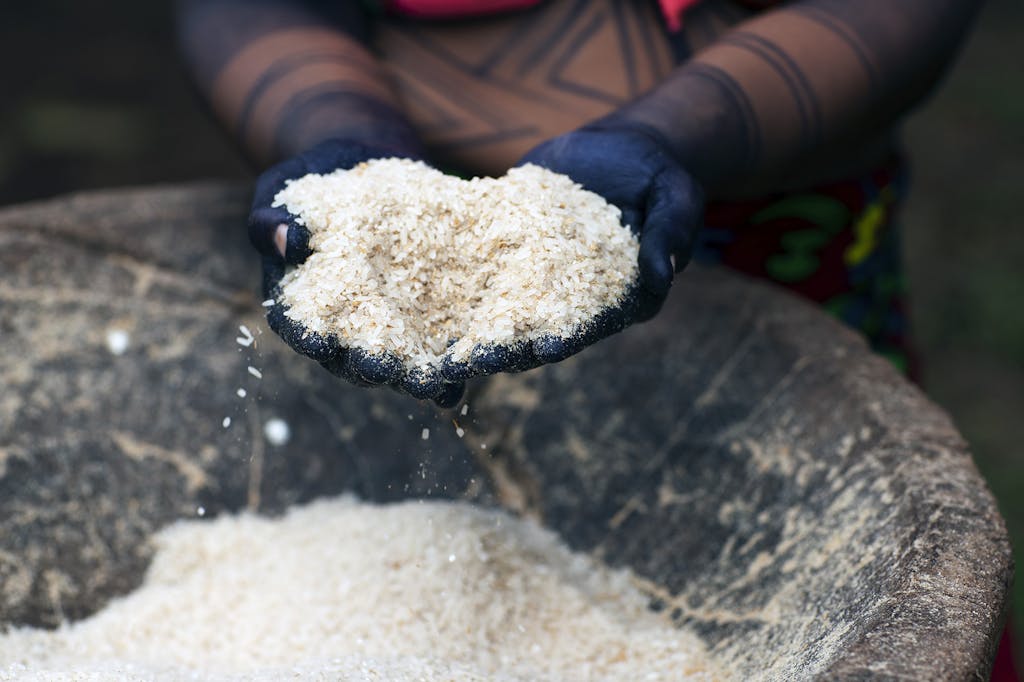
When illness strikes or misfortune occurs, the Emberá people will seek consultation and medicine from a shaman. While most villages have a resident botanist that can locate medicinal plants in the forest, not all communities will have a jaibaná. In times of crisis or a curse, locals may travel for days to find a reliable shaman.
The Darién is a unique destination that is just about unparalleled for natural beauty, wildlife and indigenous Emberá culture. While the impenetrability of the Darién has frustrated many a traveler throughout history, most would agree a visit here is the experience of a lifetime.
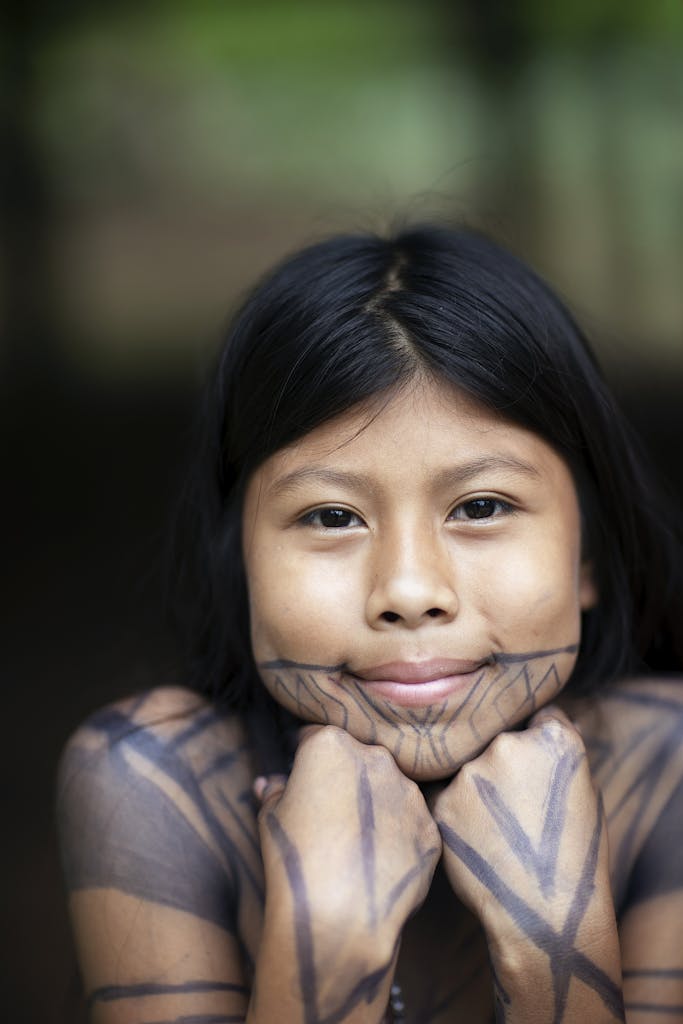
Interested in cultural experiences? Find a cruise here.
